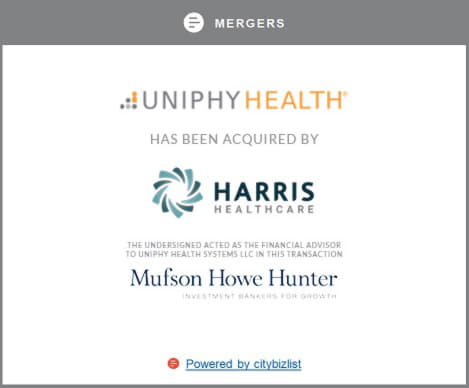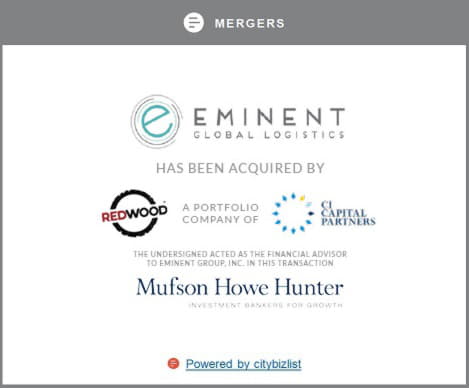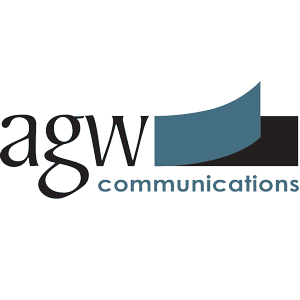Industrial conglomerate Honeywell International (NYSE:HON) has acquired a reputation for being conservative with guidance, so when management outlines its long-term vision for the company, it's a good idea to take note. The company's targets for 2022 make it look attractive on a cash flow basis. Furthermore, management held out the prospect of generating mid-teens earnings growth given effective capital deployment. Let's take a closer look at what was outlined and what it means for the investment thesis.

HIGH QUALITY IN-FLIGHT WI-FI IS JUST ONE OF HONEYWELL INTERNATIONAL'S GROWTH DRIVERS. IMAGE SOURCE: HONEYWELL INTERNATIONAL.
Why cash flow and growth will improve
When CEO Darius Adamczyk took over the reins at Honeywell, one of the first things he emphasized was a willingness to be more aggressive with capital deployment. Of course, he's in a position to do this because Honeywell is coming out of a period of heavy investment in growth initiatives. This process will benefit the company in two main ways:
- More free cash flow conversion (FCF) from net income as Honeywell dials down capital investment, meaning Adamczyk has more capital to deploy.
- Increase in organic growth due to previous investment resulting in an increase in earnings and cash flow.
Let's look at these two points in more detail and how Honeywell's capital deployment plans and growth plans make the stock more attractive.
Cash flow will help growth
First, here are the key points of Honeywell's base plan -- meaning it excludes any upside from capital deployment -- to 2022. The last column is my interpolation. Based on the current share price of $143, Honeywell trades on 20 times earnings and 22 times FCF. Moreover, based on the midpoint of estimates, Honeywell will trade on just 13.6 times earnings and FCF in 2022.
However, turning back to the bullet points above, investors need to consider how capital deployment plans could improve the earnings/cash flow outlook and also how the quality of earnings growth gives confidence in the numbers.
Honeywell International Base Plan | 2017 | Assumptions | 2022 |
|---|---|---|---|
| Sales (billions) | $40.5 | 3%-5% compound annual growth rate | $47-$51.7 |
| EPS | $7.11 | 6%-10% compound annual growth rate | $9.51-$11.45 |
| FCF per share | $6.51 | Conversion rising from 90% in 2017 to 100% | $9.51-$11.45 |
From the estimated $39 billion to $41 billion, around $14 billion will be needed for dividends, and $3 billion for share buybacks in order to keep the share count flat. This will leave Honeywell with $22 billion to $24 billion available for deployment either in share buybacks or merger and acquisition (M&A) activity -- both activities will boost EPS and FCF per share. For example, a reduced share count (share buybacks) will automatically enhance both. Meanwhile, M&A activity will add sales growth, earnings, and cash flow.
With either option taken (buybacks or M&A), management sees EPS growing at a 10%-13% compound annual growth rate from 2018 to 2022, with FCF conversion at 100% or better. Here's how Honeywell's capital deployment could improve compared to the table above. All told, Honeywell could trade on just 11.6 times earnings and FCF in 2022.
Honeywell International With Capital Deployment | 2017 | Assumptions | 2022 |
|---|---|---|---|
| Sales (billions) | $40.5 | 3%-5% with buybacks, 8%-9% with M&A | $47-$51.7 (buybacks), $59.5-$62.3 |
| EPS | $7.11 | 10%-13% growth | $11.45-$13.1 |
| FCF per share | $6.3 | 100% conversion or better | $11.45-$13.1 |
Earnings quality
Earnings targets are one thing, but Honeywell still has to hit them. With this consideration in mind, investors can sleep comfortably knowing that a large part of Honeywell's expected growth is likely to come from initiatives generated by the previous internal investment phase. As the name suggests, breakthrough initiatives are those generated by the company itself rather than a generic industry product or solution.
As you can see below, a large part of Honeywell's growth will come from its own initiatives rather than relying solely on end market growth -- a good sign for investors.
| Honeywell Segment | 2017 Sales | 2022 Commentary and Outlook | Growth/Breakthrough Initiatives |
|---|---|---|---|
| Performance, materials, and technologies | $10.3 billion | Breakthrough initiative sales will grow from $0.9 billion (or 8% of segment sales) in 2017 to $3 billion (25% of expected segment sales) in 2022. | Industrial cyber security, smart supermarkets, IIoT |
| Aerospace | $14.8 billion | $1.3 billion from growth projects, $0.9 billion from breakthrough initiatives | Connected aircraft, passenger Wi-Fi, embedded software |
| Home and building technologies | $9.8 billion | Connected buildings sales of $1 billion by 2022 | Preventative maintenance software, space utilization solutions |
| Safety and productivity solutions | $5.6 billion | 20% CAGR in connected/breakthrough initiatives sales | Warehouse automation and software, safety sensors and IIoT |
DATA SOURCE: HONEYWELL INTERNATIONAL PRESENTATIONS.
A stock to buy
All told, Honeywell is set to grow FCF strongly, and with appropriate use of cash -- either through buybacks or M&A -- investors can look forward to double-digit EPS growth in the coming years. It's an impressive combination, and it makes the stock a good candidate for growth-at-a-reasonable-price-type investors.
10 stocks we like better than Honeywell International
When investing geniuses David and Tom Gardner have a stock tip, it can pay to listen. After all, the newsletter they have run for over a decade, Motley Fool Stock Advisor, has tripled the market.*
David and Tom just revealed what they believe are the ten best stocks for investors to buy right now… and Honeywell International wasn't one of them! That's right -- they think these 10 stocks are even better buys.









